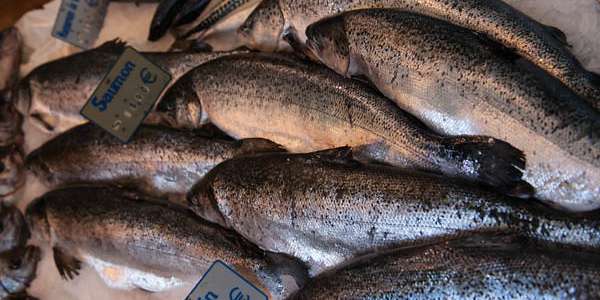
Both fresh and frozen fish must undergo rigid testing before it reaches the supermarket or frozen foods aisle. Image Source: Flickr user Frank Kovalchek
There is perhaps nothing better than the taste of fresh-caught fish, and if you’re lucky enough to have a fisherman in your family, you probably understand what I mean. However, the fishing season only lasts so long, and soon it’s necessary to turn to local fish markets or the frozen food aisle to keep this healthy and delicious protein option in our diets. Supermarket fish comes from a variety of sources, and the methods that are used to process and package it depends on quality measurements through sensory analysis.
Sensory analysis involves the human perception of food through sight, smell, taste, and touch. However, human perception has its limits and is highly subjective, making quality evaluation and consistency difficult to achieve. Visual perception is the most powerful factor in food selection and greatly affects consumer decisions, yet color perception varies from person to person, and humans experience many challenges with color memory. This is why color measurement instrumentation plays a vital role in sensory analysis for quality control. Visible spectrophotometers use human eye technology to emulate the way we see color, but also can quantify colors objectively and consistently. Assessment of fish quality is dependent of visual spectrophotometry to obtain accurate information to determine freshness, spoilage, and/or food safety through the use of sensory analysis.



